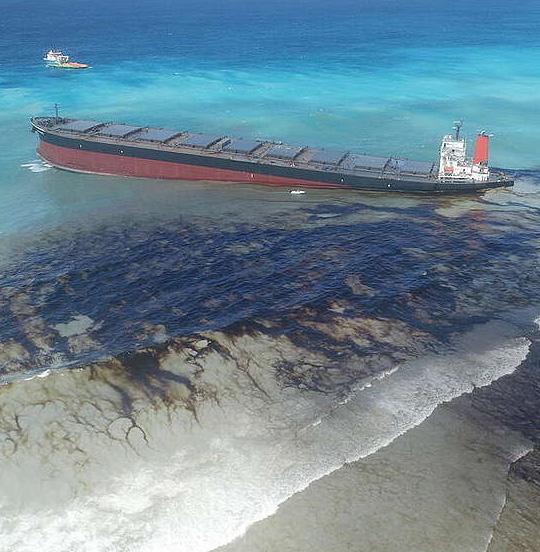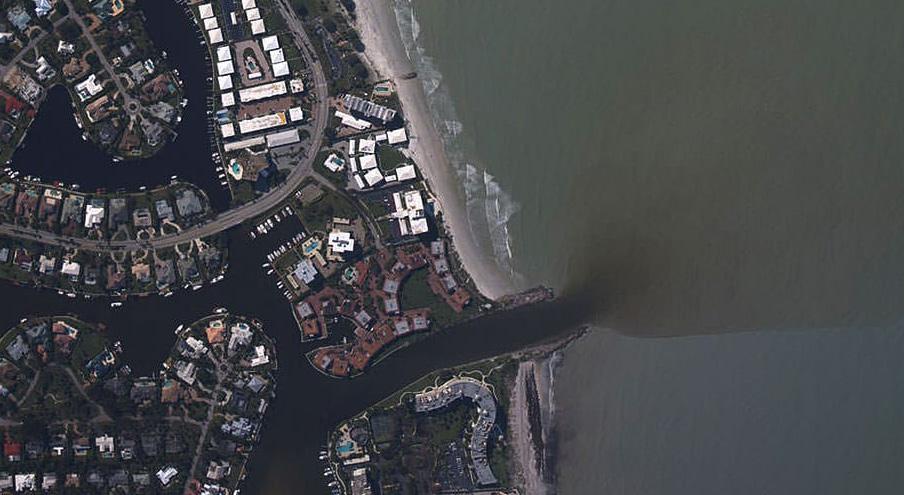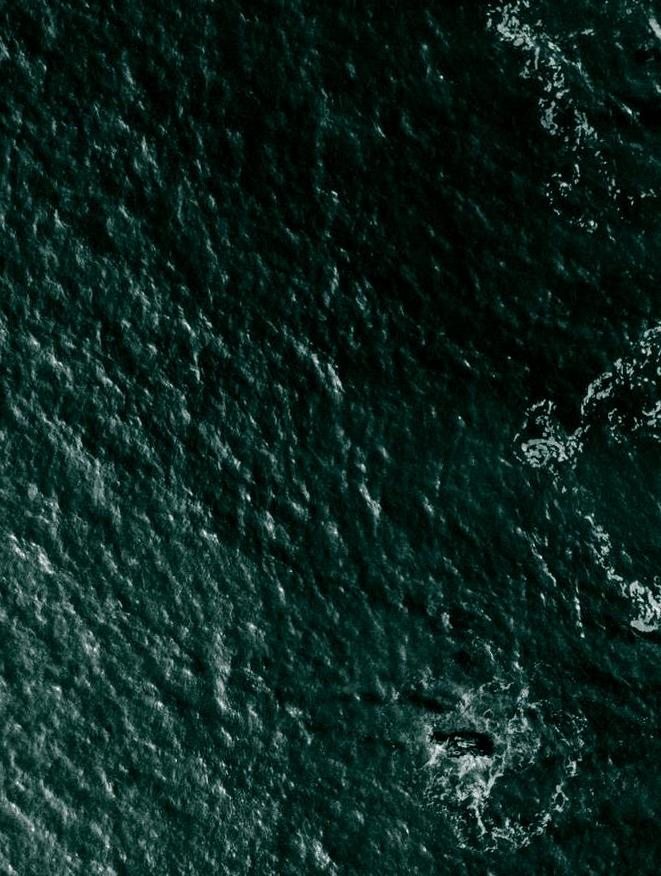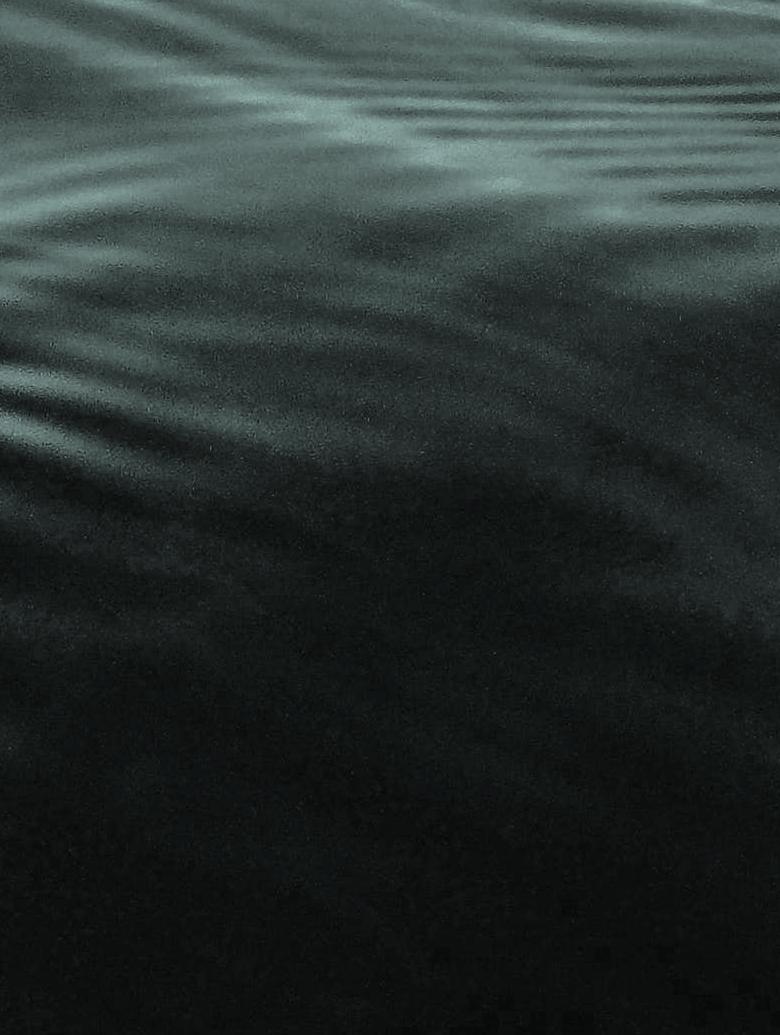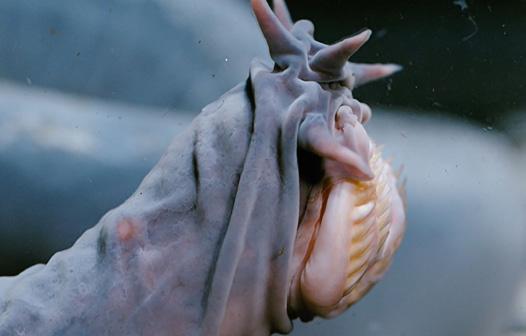
1 minute read
Toxic Chemicals
Chemical pollution is the introduction of harmful contaminants. Common man-made pollutants that reach the ocean include pesticides, herbicides, fertilizers, detergents, oil, industrial chemicals, and sewage. Many ocean pollutants are released into the environment far upstream from coastlines. Nutrientpacked fertilizers applied to farmland, for example, often end up in local streams and are eventually deposited into estuaries and bays. These excess nutrients trigger massive blooms of algae that rob the water of oxygen, leaving dead zones where few marine organisms can live. Some chemical pollutants climb high into the food webs— like DDT, the insecticide that placed the bald eagle on the United States Fish and Wildlife’s endangered species list.
Pollutants are dumped into the ocean. This waste affects the daily life of fish and other marine creatures.
Advertisement
Scientists are starting to better understand how specific pollutants, leached into the ocean from other materials, affect marine wildlife. PFAS, a chemical incorporated into many household products, accumulates in human and marine mammal blood. Even pharmaceuticals ingested by humans, but not fully processed by our bodies, end up in aquatic food webs.
Chemicals From Home
People use many different sorts of cleaning, washing and polishing products which all contain various chemicals which often end up down the drain when washed out of dish clothes or used in the bath or kitchen sink. These chemicals may be harmful to wildlife and marine environments as they can contain harmful substances such as sodium hypochlorite, petroleum distillates, phenol and cresol, and ammonia. Buying cleaning products that contain natural soluble/biodegradable ingredients helps to prevent these nasty fluids from ending up in natural water sources.

